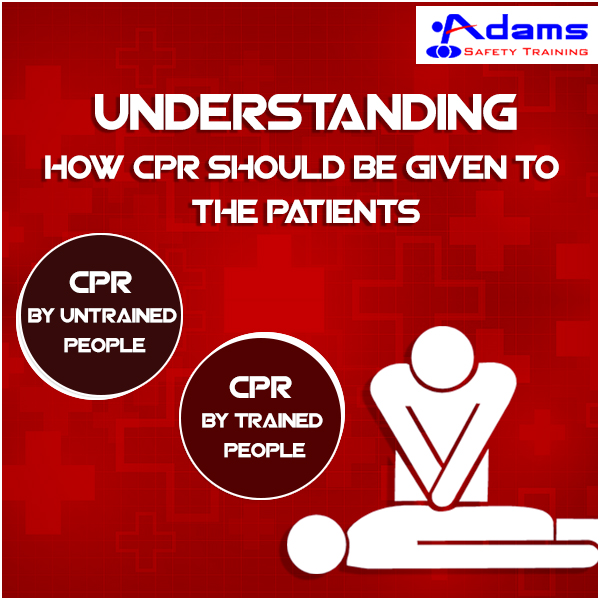It is always essential to know of some first aid techniques that can at times be very useful to save lives of others. Cardiopulmonary resuscitation (CPR) is often regarded as a lifesaving technique that comes handy in many emergency situations such as:
- Heart Attack
- Near Drowning
- Unable to breathe
- Heart not beating
The American Heart Association also emphasizes on the need of undergoing CPR training, beginning with chest compression. Given below are the suggestions for giving Cardiopulmonary Resuscitation for different levels of people under the appropriate medical facilities can be approached:
• CPR by Untrained people: Such people when falling into such situations are recommended to give hands-only CPR. This means they must compress the chest of the patient at the rate of 100 times per minute.
• CPR by Trained people: Those who know the process must give hand compressions at the rate of 30 times per minute, besides checking for the airway and giving rescue breathing.
These methodologies are good for use on adults as well as children, but should not be tried upon newborns. Performing CPR is meant to ensure the flow of blood through the body and brain, which is essential to keep the patient in his senses


